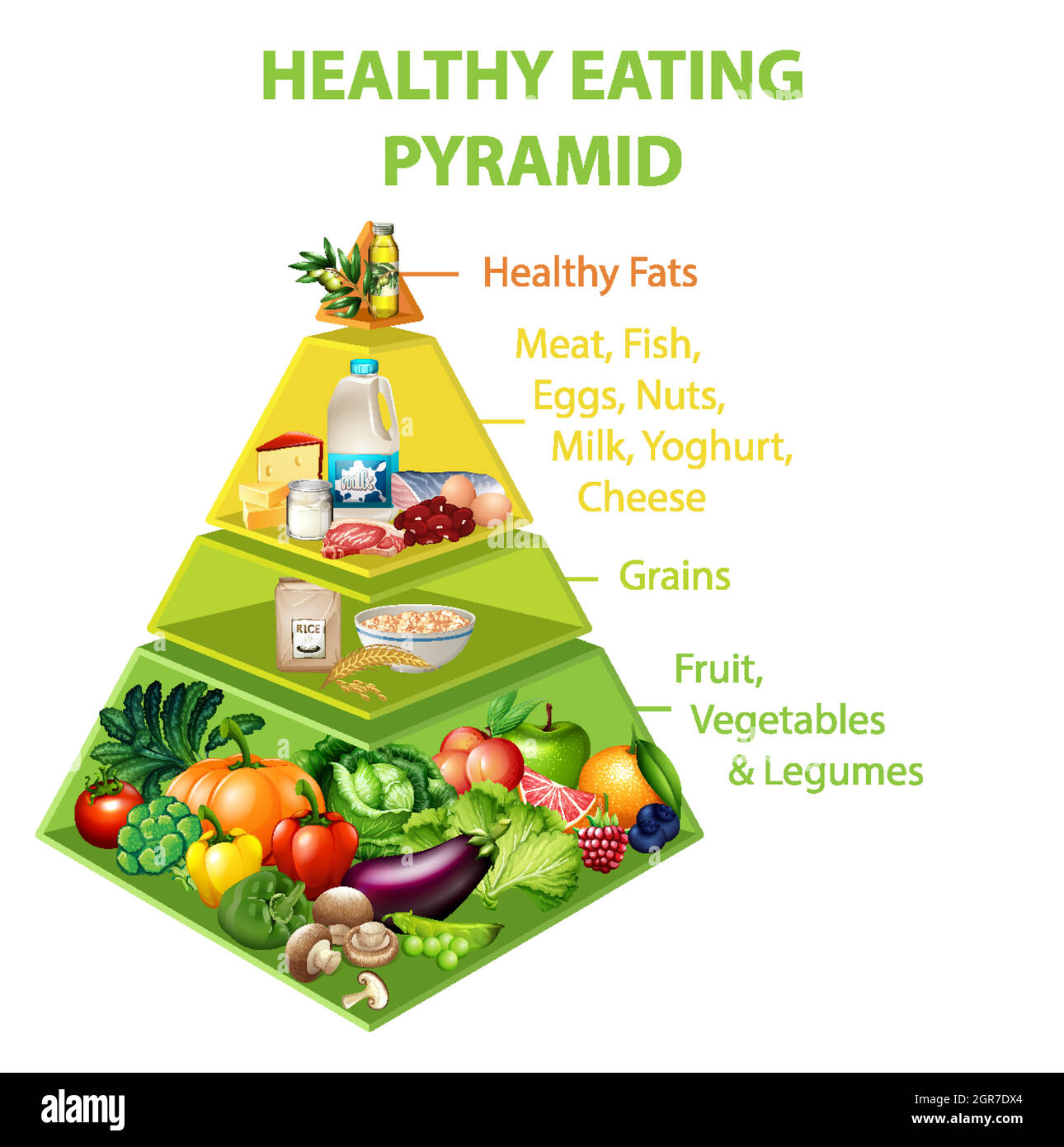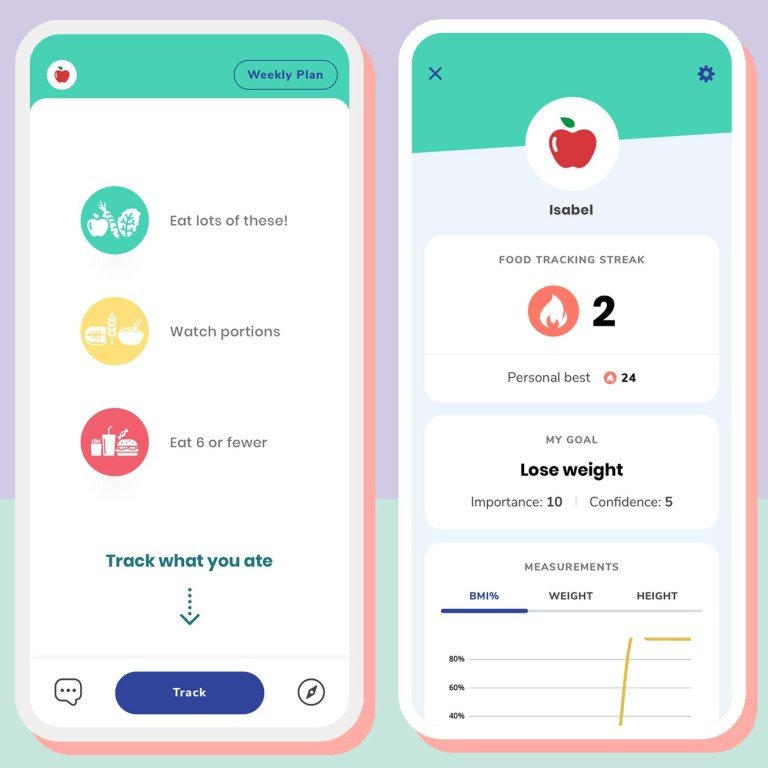
Recent years have demonstrated the importance diet quality. Studies have shown that high quality diets can help prevent obesity and other serious chronic diseases. Numerous public health initiatives have been launched to promote healthy eating, and increase awareness about the effects of different food choices on our bodies. Although most of us are aware of the benefits of a balanced and nutritious diet, adherence to healthy eating recommendations is still below average. Canada was an exception. For instance, 30% of adults in Canada reported not eating fruit or vegetables daily, despite the recommendations to eat between five and eight meals per day.
The mean score for healthy food promotion was 1.79 with an average deviation of 0.16. Actions related to the School Curriculum category scored the highest while those related to the Community were the lowest. Participants were recruited through institutional listservs and Institute of Nutrition and Functional Foods mailing lists. The study sample consisted of approximately 500 respondents, and computer randomization was used to assign each participant to a group. Only three centres were identified as healthy eating promoters.

The majority of respondents did not know the importance of healthy eating habits. Although the survey results were promising they did not provide enough detail to evaluate health-eating promotion efforts. However, the SEHS method used to measure healthy eating promotion in Spanish schools wasn't very thorough. It was necessary to interview parents and school leaders as well as the management of the study centre in order ensure the accuracy of the data. A team of researchers including nurses, doctors, pharmacists and veterinarians, as well as nutritionists and health promotion specialists, conducted the research.
The study showed that demand for healthy foods has increased since 2012 and that people have high expectations about low prices and quality service. Half of the people in the study took a mid-day break at their workplace. These results show that lunchtime at work is still a key point for encouraging healthy eating habits among employees. Social eating at work can also have other benefits, like mental health.
The study also examined how the media, peer, and interpersonal norms influence the attitude of adolescents towards healthy eating. The study included probability samples of 544 adolescents from both genders. The study showed that girls are more inclined to eat healthy than their male counterparts. Both genders had different views on control and perceptions of food and health. Therefore, the strategies for promoting healthy eating in Brazilian schools should be individualized for each gender. Parents need to share messages that encourage healthy eating within their families.

A systematic review was conducted in recent years to summarize the evidence on the impact of mHealth interventions on the adult intake of fruits and veggies. A systematic review was also conducted to identify the most effective strategies and recommend changes. Study materials were more effective than the respondents thought, and they are more likely to alter their diets. Surveys also indicated that respondents would recommend the same strategies for others. The study also showed that the two types of leaflets had different effects on the public's attitudes toward healthy eating.
FAQ
What length of Intermittent Fasting should I be doing to lose weight?
It's not as easy to answer as you might think. For optimal fat loss, you need to take into account many factors. These factors include:
-
Your age. You may find intermittent fasting too difficult if you're younger (under 40) because you have less time between fasts. On the other hand, if you're older (over 60), you may find that you don't have enough energy to sustain an extended period of daily fasting.
-
Your current body composition. Longer periods of fasting are more beneficial if you have a lot muscle mass. For those with less muscle mass, however, you may be able to benefit from shorter fasting times.
-
How active you are. If you exercise regularly, you may need to extend your fasting window to ensure that you still get adequate rest between workouts.
-
Your health history. Additional fasting monitoring may be required for certain medical conditions such as diabetes or heart disease.
-
How do you handle stress? Stress can cause us to eat more. You may need to extend your fasting times in order to avoid this problem.
-
Which type of diet you choose. Certain diets, like ketogenic diets, may require even longer fasting periods.
-
Your quality of sleep. Lack of sleep has also been linked to increased appetite and decreased metabolism. Therefore, it may take some experimentation before determining what works best for you.
-
The amount of protein that you consume. The ability to stabilize blood sugar levels. Eating more protein can lead to lower insulin levels. This would allow one to fast for longer periods.
-
Individuals who are trying lose or gain weight will require longer fasting times than those who are trying.
-
What percent of your daily calories are you consuming during your fasting time? You may lose more weight if you eat fewer calories each day than if you eat more.
-
Your overall fitness. Fasters who are very fit tend to have higher metabolic rates, which allows them to burn more calories throughout the day.
-
Your gender. Women tend to have a greater appetite than men, so they might need to fast for longer periods. Women generally have smaller appetites, so they may only need to fast for about 20-30 minutes every morning.
-
Your lifestyle. Do you exercise a lot? Do you exercise multiple times a week or do you just go to the gym? Are you a worker who sits at a computer all day? All these factors can have an impact on how much time you should speed.
-
How much money do your spend on food every day? You don't have to spend much on groceries to eat healthy food. You can save money by buying whole grains instead of white bread, fruits instead of candy bars, and lean meats instead of fatty cuts.
-
How important it can be to control your appetite. You may not have to fast as often if it is important to eat regularly.
What should I eat during intermittent fasting to lose weight?
To lose weight, the best thing to do is cut back on carbs. This means that you should cut out carbohydrate-based foods like bread, pasta and rice.
You'll also want to avoid eating too much protein because it keeps you full longer. So you won’t feel hungry nearly as often.
Instead, choose foods rich in healthy fats. These foods can keep you satisfied for hours after they are eaten.
It's important to make sure you're drinking plenty of water, too. Hydration is key to burning fat.
Sometimes you may feel compelled to eat these foods even if you're not fasting. You don't have to cave to your cravings. You could gain more weight than what you lose if you do.
You can avoid overeating by being mindful of how much water you consume each day. When hunger strikes, drink a glass of water instead of reaching for another snack.
This may seem counterintuitive. However, it's been shown to help you slim down. One study published in Obesity showed that plain water was more nutritious than sugary drinks.
Additionally, plain water can help reduce hunger pangs. So if you really want to lose weight, skip the sweetened beverages and stick to water.
Weight loss doesn't require you to restrict your intake of calories or eat less. Instead, try to make small changes in your life.
You can swap your breakfast sandwich for an oatmeal bowl. You can also swap out your afternoon cookie for a piece fruit.
These easy changes can help you lose weight and keep your kitchen clean.
How often do people fast?
People who are on a ketogenic diet only fast once a week. Some people fast twice weekly. Some others fast three days per week.
There are many lengths to fasting. Some people fast 24 hours, while others fast 48 hours.
Some people may even stay awake for 72 hours. However, extreme cases like these are rare.
How to create an exercise program?
Create a routine. It's important to have a plan for each day. This helps you plan and prevents procrastination.
You should also ensure you have plenty to choose from when working out. You don't want to become bored with exercise because then you won't stick with it.
You also need to keep track of your progress. It's important that you keep track of the weight you have gained or lost over time.
If you lose weight and then gain more weight, it is easy to lose your motivation. On the other hand, if you gain too much weight, it becomes harder to stay motivated.
So, try to find a balance between gaining weight and losing weight. You won't be able to exercise if your current weight is not comfortable.
What can you drink while intermittent fasting is in effect?
It is a good idea to drink water early in the day. It will help you feel fuller, faster, and it will give you energy throughout your day. If you want to add flavor, try adding lemon juice or cucumber slices.
What amount of exercise is necessary to lose weight?
Many factors influence how much exercise is needed to lose weight, such as age, gender, body size, and weight. Most people require at most 30 minutes of moderate physical activity five times per week.
The American College of Sports Medicine recommends that you do 150 minutes of moderate intensity aerobic activity per week. This should be spread over three days.
If you are trying to lose 10 pounds, 300 minutes of moderate intensity exercise per week is a good goal. This includes activities like jogging or running, swimming laps and biking.
If you're just starting out, consider doing 20 minutes of vigorous activity thrice weekly. These activities could include sprints and lifting weights.
Aerobic exercise can help burn calories as well as build muscle mass. Muscle burns more calories than fat does. So building muscle while losing weight may help you achieve your goal faster.
Is cardio a way to quickly lose weight?
Cardio exercises are great for burning calories, but they don't necessarily help you lose weight. It all depends on how much weight you have and what type of exercise you do.
If you're overweight, then cardio exercises may not be enough to burn off all those extra pounds.
These should be combined with diet and other forms of exercise.
If you are looking to lose weight quickly, cardio exercises such as running and jogging can be helpful. These types of exercises burn more calories per hour than any other exercise.
You should train resistance to gain muscles, not fat. Resistance training is done with no cost weights, machines, elastic bands, or other equipment.
Combine cardio exercises and resistance training to quickly lose weight.
To lose weight fast, you need a combination of both cardio and resistance training.
Statistics
- It's estimated that half of all American adults attempt to lose weight every year (1Trusted (healthline.com)
- One study in 9 active men found that HIIT burned 25–30% more calories per minute than other types of exercises, including weight training, cycling, and running on a treadmill (18Trusted Source (healthline.com)
- According to Harvard Health, it's estimated that a 155-pound (70-kg) person burns roughly 112 calories per 30 minutes of weight training (5). (healthline.com)
- According to a study sponsored by the American Council on Exercise, a person weighing around 140 pounds (64 kg) would burn 108 calories at a 30-minute beginner's Pilates class or 168 calories at an advanced class of the same duration (26). (healthline.com)
External Links
How To
How to do Intermittent Fasting (IF)
Intermittent eating is a way to lose weight that you only have one day of the week. It's usually Monday through Thursday. The goal is to decrease your overall calories and still get adequate nutrition. This helps you lose fat more quickly than if it were your normal meals for the entire week.
The most common form is to limit calories for certain days. This means that you might skip breakfast every day and then indulge in whatever food you desire throughout the day. You could also choose to eat three small meals daily rather than two large ones.
Many forms of intermittent fasting are available, such as alternate day fasting (5/2 fasts), 8/4 fasts and 16/8 fasts. There are pros as well as cons to each form of intermittent fasting. Alternate day fasting, which doesn't require you to change your lifestyle, is the best way to get started. However, for some people it can be difficult to follow a strict diet, so they may prefer to explore other options.
If you are interested in starting an intermittent fasting regime, I recommend beginning with alternate-dayfasting. This will allow to slowly transition to more extreme fasting regimens without drastically changing your lifestyle.